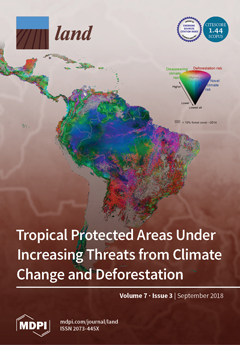Resource information
There is a growing recognition of the contribution that privately-owned land makes to conservation efforts, and governments are increasingly counting privately protected areas (PPAs) towards their international conservation commitments. The public availability of spatial data on countries’ conservation estates is important for broad-scale conservation planning and monitoring and for evaluating progress towards targets. Yet there has been limited consideration of how PPA data is reported to national and international protected area databases, particularly whether such reporting is transparent and fair (i.e., equitable) to the landholders involved. Here we consider PPA reporting procedures from three countries with high numbers of PPAs—Australia, South Africa, and the United States—illustrating the diversity within and between countries regarding what data is reported and the transparency with which it is reported. Noting a potential tension between landholder preferences for privacy and security of their property information and the benefit of sharing this information for broader conservation efforts, we identify the need to consider equity in PPA reporting processes. Unpacking potential considerations and tensions into distributional, procedural, and recognitional dimensions of equity, we propose a series of broad principles to foster transparent and fair reporting. Our approach for navigating the complexity and context-dependency of equity considerations will help strengthen PPA reporting and facilitate the transparent integration of PPAs into broader conservation efforts.


